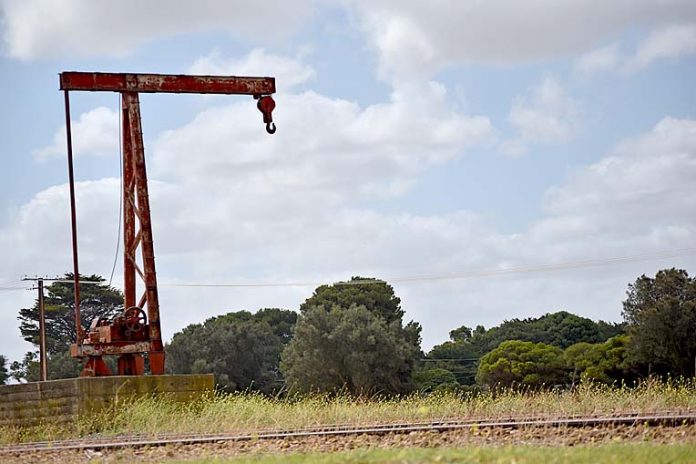
FURTHER contamination of groundwater in the former Millicent rail lands has recently been found by scientific consultants.
The consultants have advised the regulatory authorities and the information has been publicly released by the Environment Protection Authority (EPA).
Freight trains have not run to Millicent for almost 30 years, but the EPA already has other postings on its public register of contamination in the area caused by rail operations.
The latest report by the scientific consultants is dated September 2019 and points to polluted groundwater at the northern extremity of the former rail lands near Academy Drive.
The scientists state the level of perfluorooctanoic acid – which are applied to surfaces to make products non-stick, water repellent and fire, weather and stain resistant – does not meet the criteria for drinking water and recreational use.
Furthermore, three other testing wells in the former railyards reveal nitrate levels in excess of the irrigation standards set by the National Environment Management Plan.
According to the scientists from Australian Environmental Auditors, a detailed site investigation was being made.
The EPA referred The South Eastern Times to Wattle Range Council which commissioned the scientific reports.
Council chief executive Ben Gower said he had been made aware of the examinations undertaken by the scientists to date.
Mr Gower said there would be further work done to determine the source of phosphates in that area.
“They might have been washed off farming land and brought to the area via the town drain,” he said.
Mr Gower said he would be in a position to make a recommendation to council about the former rail lands once the scientists had completed their reports.
The former rail lands are owned by the State Government but are maintained by the council.
It set aside a sum of $70,000 a year ago for scientific reports to determine the level of contamination.
The former rail lands in various parcels were placed on the market in 2019 and one small block has been purchased by local interests.







